Welcome to the Western Collaborative Conservation Network’s profile series “Collaboratives Behind-the-Scenes.” This series features Q&As with different conservation organizations to provide a view into what it takes to run a collaborative organization from challenges faced in building partnerships to tips for budding organizations. Whether you’re already running a collaborative and are looking to increase your efficiency or are thinking of starting a collaborative but want to know more about what you’re getting into, we hope you find this series insightful.
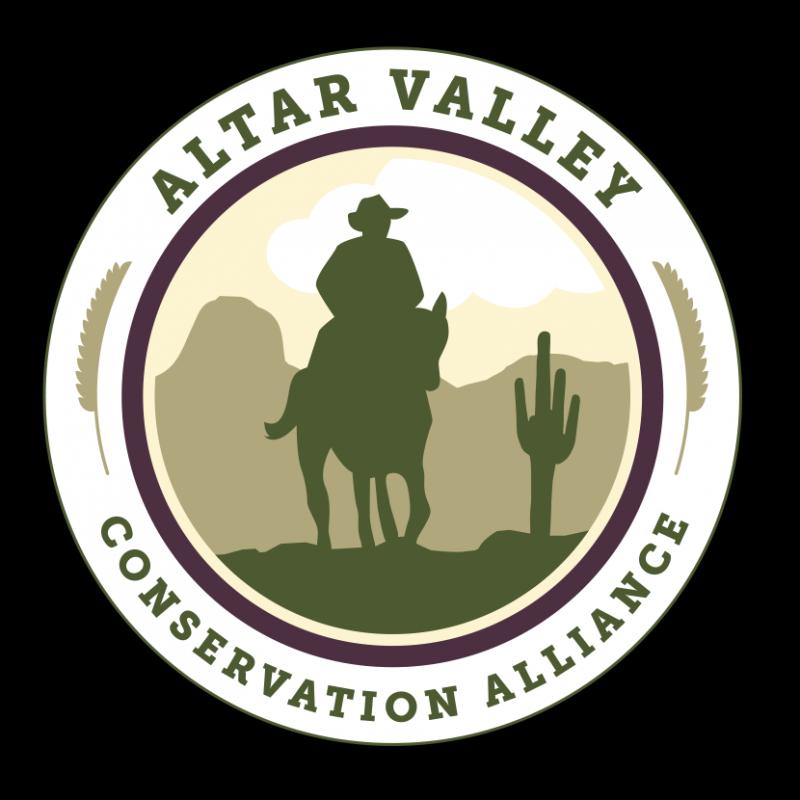
The Altar Valley Conservation Alliance (AVCA) is a watershed based collaborative conservation organization and 501(c)3 not-for-profit organization working to conserve the Altar Valley, Arizona. AVCA is founded upon three pillars:
- Conserving healthy and productive working landscapes, including soil and water conservation, wildfire management, habitat conservation and protection of native species, and other environmental initiatives,
- Promoting a thriving agricultural economy by encouraging improved ranching and farming practices, diversification and innovation, and by supporting programs and policies that support more effective, long-term economic development, and
- Sustaining a resilient rural community by retaining and renewing the cultural and historical traditions of the Altar Valley.
We had the pleasure of speaking with Sarah King, Executive Director of Altar Valley Conservation Alliance, who told us about how “showing up” and fostering a sense of comradery over a shared love for the landscape have made all of the difference in her own professional career as well as the success of the Alliance.
Be sure to tune into Sarah’s case study discussion at the WCCN All Partners Meeting December 7, 1-3pm M.T. Register here!
Note: This conversation has been edited for clarity and length.
How did the Altar Valley Conservation Alliance get started and how did you get involved?
The Altar Valley Conservation Alliance (AVCA) got started back in 1995, a year or so after the Malpai Borderlands Group was established (another rancher-led collaborative conservation group in the southeast portion of Arizona). The foundation of the Malpai Borderlands Group started conversation in this area, looking at what they were doing and discussing the potential to create something similar in the Altar Valley. Additionally, the Altar Valley is about an hour southwest of Tucson and in this area, especially in the 90s and early 2000s, there was a big push for development and sprawl. Those pressures and how close they were inspired discussion about what development would look like for this landscape and our community.
The other thing that happened around that time was the Pima County Sonoran Desert Conservation Plan– an effort led by Pima County in response to the same development pressures in the area. What Pima County and its residents wanted to see were permits which would regulate development and recognize the value of open space. At the time, Pima County had some voter bonds as well, which they used to purchase ranch lands out in this area.
Because this was all happening at the same time, the local ranchers realized that they would need to work together, cross-boundary on a range of projects as well as working with agencies and other groups to ensure the conservation of the Altar Valley and its landscape as a whole.
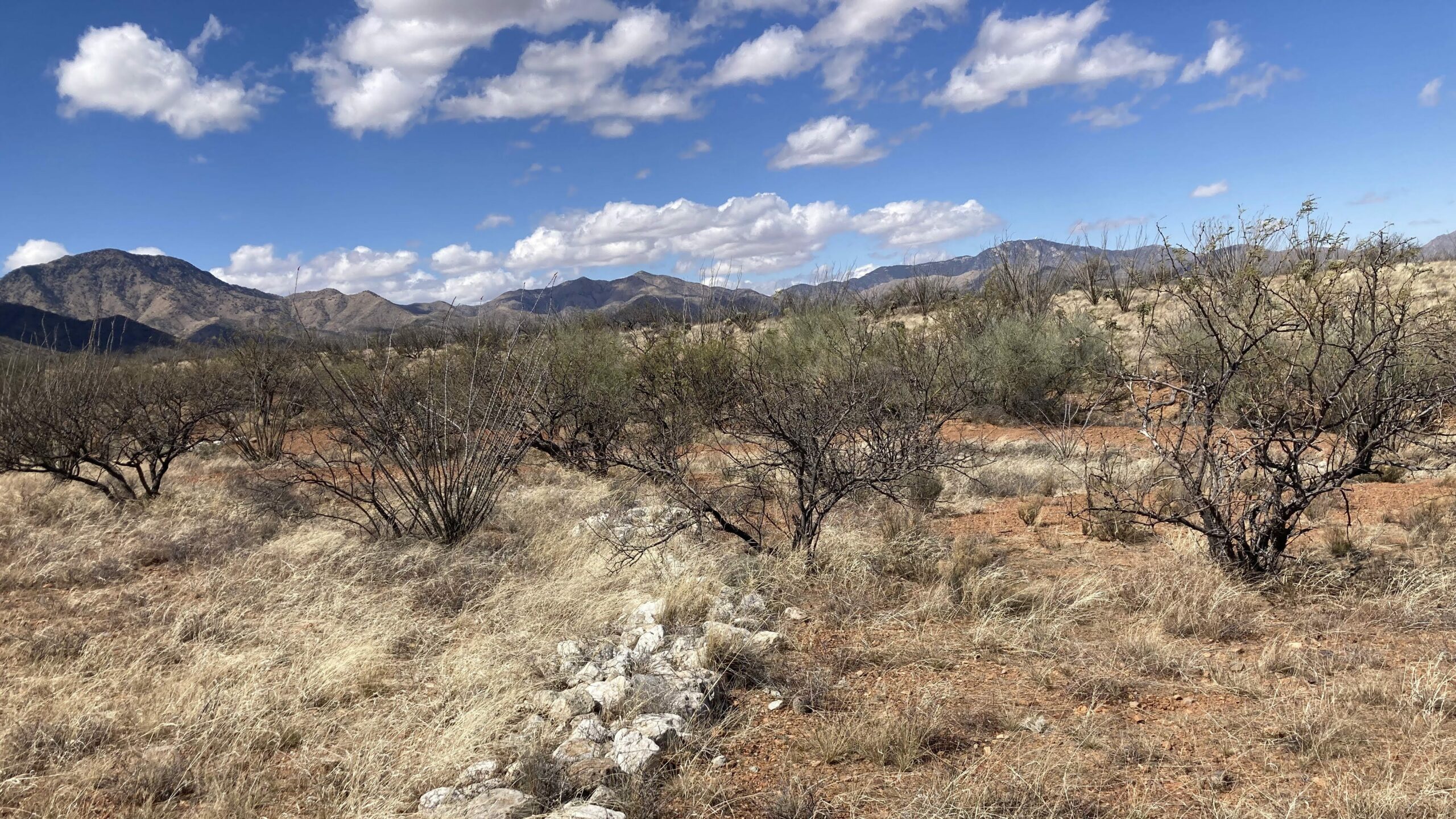
Starting when I was ten, I would come out to a guest ranch in the Altar Valley called the Elkhorn Ranch and throughout college, I worked for their sister ranch in Montana. After graduation, I came back to the Elkhorn Ranch and got a job guiding horseback riding. Pretty soon after I started, the barn boss of the Elkhorn introduced me to a childhood friend of his who is now my husband.
My husband’s family has been cattle ranching on this land since 1895. While we were dating, I did a few jobs for the Altar Valley Conservation Alliance related to the website and just sort of stuck my toe into things. After I left Elkhorn, I got more involved as the Alliance’s Community Outreach and Education Coordinator. And in 2020, I became the Executive Director. One thing just led to another, as it does! I just showed up.
How is AVCA structured?
The Alliance has been a 501(c)3 non-profit since around 2000 and each agricultural operation in the Altar Valley is entitled to one seat on our Board of Directors, which makes it more equitable for all of the agricultural operations throughout the valley. For example, my family’s ranch has a seat on the board, but not more than one. There are also three Community Representatives on the board. The current Community Representatives are a retired state land official, a lawyer, and a professor at the University of Arizona. The board is designed to be landowner-led and rancher or agriculturalist driven at the heart of things, with community input. Alongside, we have a Science Advisory Board that operates as advisors to the board– they vote amongst themselves and then give recommendations but it’s ultimately the board who has decision power.
Right now AVCA has four staff members– myself, Julia Sittig Guglielmo, Mary Miller, and then Kayla Pittman just started with us a few weeks ago! Mary has a ranch in the valley and is transitioning off of the staff and back onto the Board of Directors. She was instrumental in getting the Alliance founded and I think she has reached a point where she has put in a lot of elbow grease, time, and effort and wants to be able to wear her landowner hat a bit more.
Julia and I are both half-time and Mary and Kayla are quarter-time: pretty lean and mean in terms of getting things done! All of us have other things on the side– Mary, Kayla, and I have ranching and Julia also works with a natural resource facilitation organization that works throughout Arizona and the southwest. It’s a good mix of perspectives. We don’t have dues-paying members but we do have a lot of donors, or “stewards”, who contribute to and participate in the alliance. Lastly, we have a variety of partners including various agencies and other interested folks.
How do you get stakeholders involved in your work? What works and what doesn’t?
Interest in the landscape is what pulls people in. The Alliance is really good at fostering comradery, and a big portion of that work is just being out on the landscape and meeting other people who care about the land. The planning processes are necessary but are often not people’s favorite part of landscape conservation, so we like to have a balance: a mix of planning along with tangible on-the-ground projects that come from those planning processes so that people can see and gather around to recognize their impact. Actually seeing the impact helps people get and stay involved, be curious about what could come next, and realize that the planning process is not just a bunch of meetings; it does lead to action on the ground.
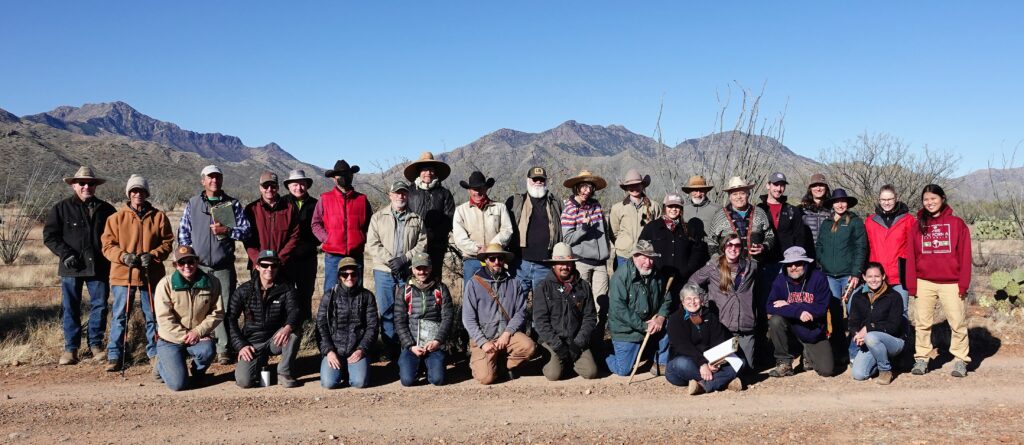
The comradery part is really at the heart of all of it. Focus on what you can accomplish together. We have an annual meeting in May that is a full day of people coming together with a few keynote speakers and ample time for partners to tell one another about what they’ve been working on. It’s just a great day of networking, casually being together, learning, and asking questions. To me, that’s what really works in engaging people: fostering comradery, bringing people together around projects, and giving life to those necessary planning processes.
In terms of what doesn’t work, I think the big one is focusing on differences or the negative. That means letting some stuff go, not taking a stand on every issue, and not doing everything. There are a lot of different organizations out there who can tackle those other things and there’s overlap in the people who are involved, so it’s best to let folks work on issues that are too divisive for us.
Which past partnerships or experiences are you really proud of and how do you evaluate and measure partnership success?
There are two that I would answer: One is Pima County. When they started the Sonoran Desert Conservation Plan, they became interested in owning a couple ranches in the valley and now have a few stakeholders here. I think there could be a tendency to feel like, “Oh, that’s just government getting involved and we can’t play with them”– you know, the old tropes of things. But, the folks of Pima County and their Natural Resources Department really recognize the value that these ranches play and what it takes to make them successful. That means being part of the neighborhood and the Alliance has helped to welcome them into the community and coordinate projects that we can do together.
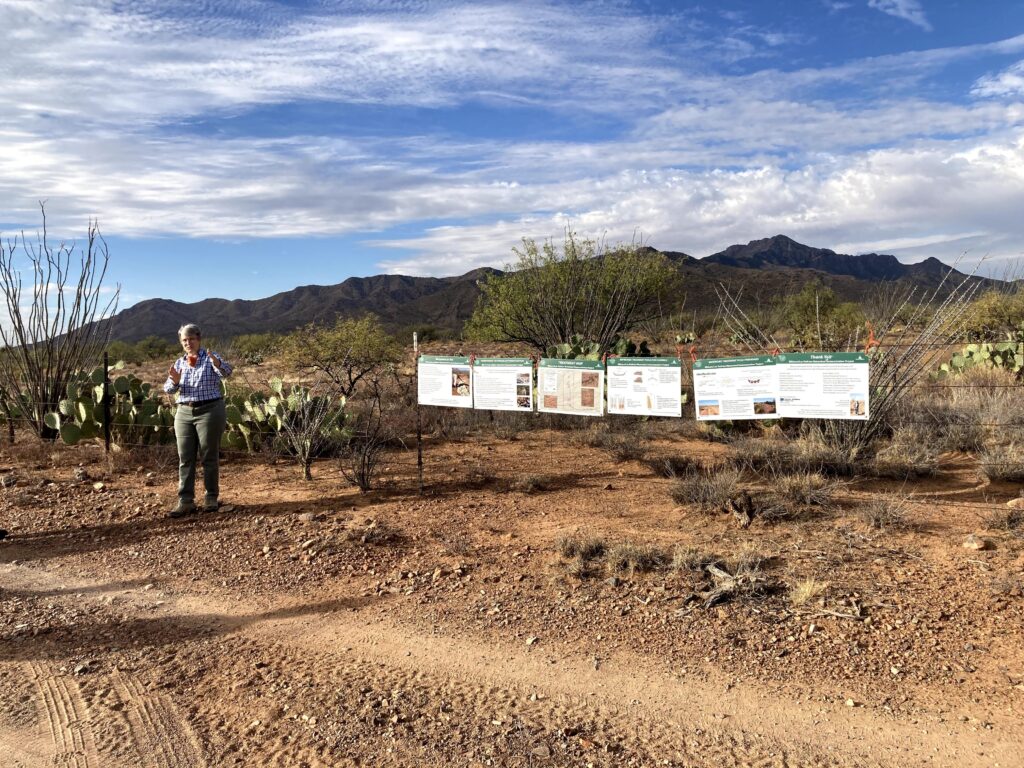
Additionally, the Pima County Regional Flood Control District and other branches worked with us closely on our Altar Valley Watershed Plan, which was completed spring of 2022. The Pima County team was really focused on helping us make the planning process a success and having the help of a hydrology expert was crucial. The Alliance’s partnership with Pima County has evolved through a lot of years of time together, trust, projects, and successes. It’s one that may not have been an obvious fit on paper, but it really has been such a success. They are an important part of the stuff that we do out here.
The second is the Buenos Aires National Wildlife Refuge in the southeast corner of the valley. The area was formerly a ranch and became a wildlife refuge in 1985, which caused a lot of resentment in the ranching crowd. I wasn’t there at the time, but my understanding from both the ranchers and non ranchers in the valley is that much of the rhetoric and language the refuge used was anti-ranching, counterproductive, and looked to chafe and cause conflict. There were many years of rocky relations between the ranching crowd and the wildlife refuge.
In the past 15 years or so, there’s been a shift in personalities and the Alliance has kept showing up in the realms where there’s overlap and helped develop fresh slates with each new person; not forgetting old wounds but really working towards positive action. Currently we have a cooperative agreement with the refuge which allows some exchange of funds, collaboration on refuge projects, and their participation in landscape planning. That relationship has come a long, long way from a rocky start, and now it’s a very positive one.
To evaluate and measure… Well, that’s the age-old question. We track participation in meetings for our grants. We have two Altar Valley Fire Meetings and a big community meeting. We track the number of people who show up and the number of new faces (or new email addresses) to see if there’s fresh engagement. Those are our two big measures: general numbers and making sure new folks on the scene in agency positions or other roles are getting engaged with the Alliance.
What advice would you give other collaboratives when forming new partnerships?
So much of the work is just showing up and recognizing how you can work with people instead of against them. With new relationships it helps to have something tangible to work on. It’s really hard to say, “Hey, I’d like to be friends and we’d like to see you more so let’s check in!” Everybody is gung-ho at the beginning but then people get busy and have a million projects. So to say you’re just going to have a stand-in call can be difficult if you don’t have something that it’s tangibly centered on.

For example, we had a cooperative agreement with the refuge and had calls. Once that evolved, we’ve been working with them on a safe harbor agreement for the Masked Bobwhite Quail. Having a few tangible projects that you are meeting for, allows you a space for casual conversation where you wind up talking about all the other stuff anyway. Without having those projects it’s really hard to foster relationships through the mere idea of getting together and having a good time. Having something tangible that you want to work on together helps immensely.
How do you manage resources within your organization and maintain stakeholder interest over time?
In terms of finances, we have grants from a variety of different sources, plus donors. I think having a diversity of grants is helpful so you’re not completely dependent on one revenue stream. It’s a challenge; nor is it the fun part. Doing the things is a lot more fun, but you do have to have the money to do the things!
In terms of stakeholder interest, seeing what the Alliance can accomplish for them maintains their interest. Whether you’re a landowner being looped into projects being done on the ground, a partner who knows that there’s a place to come to talk to the ranchers as a collective, or an agency with a lot of turnover over time, the Alliance acts as a constant. All the different values and ways to connect are what has made the Alliance successful. The Alliance is a forum where people can come together and have conversations with people they wouldn’t ordinarily bump into in their day-to-day life.
What are the Alliance’s biggest financial hurdles and how do you address them?
Our biggest financial hurdles tend to be making the time for raising money and making plans far enough in advance to not be in a crunch. Doing the grant writing itself and figuring out how to appeal to different funders takes confidence, training, showing up, and working networks. All of that is very difficult to achieve. And it’s also a chicken and egg issue. Somebody needs to pay for the time it takes to write grants, but that’s not what funders want to pay for and you can’t fund projects without getting the money, so round and round you go. It’s tough.
A lot of what collaborative conservation groups do is intangible: fostering communications, bringing people together, starting conversations. That’s all hard to fund. Figuring out ways to incorporate the planning and conversation time into project grant proposals has really helped us, while also acknowledging that facilitation has a cost. But, there’s also the intangible but essential time it takes to build relationships and trust, which costs something but is hard to fund.
So much our work is relationship building and figuring out the funds for that is very difficult. You can’t just show up and expect someone to join you in your project and provide their time, expertise, etc. to you without an existing relationship, especially if it’s on their land. It’s a challenge that may be a problem for all non-profits but is definitely true for the collaborative conservation crowd.
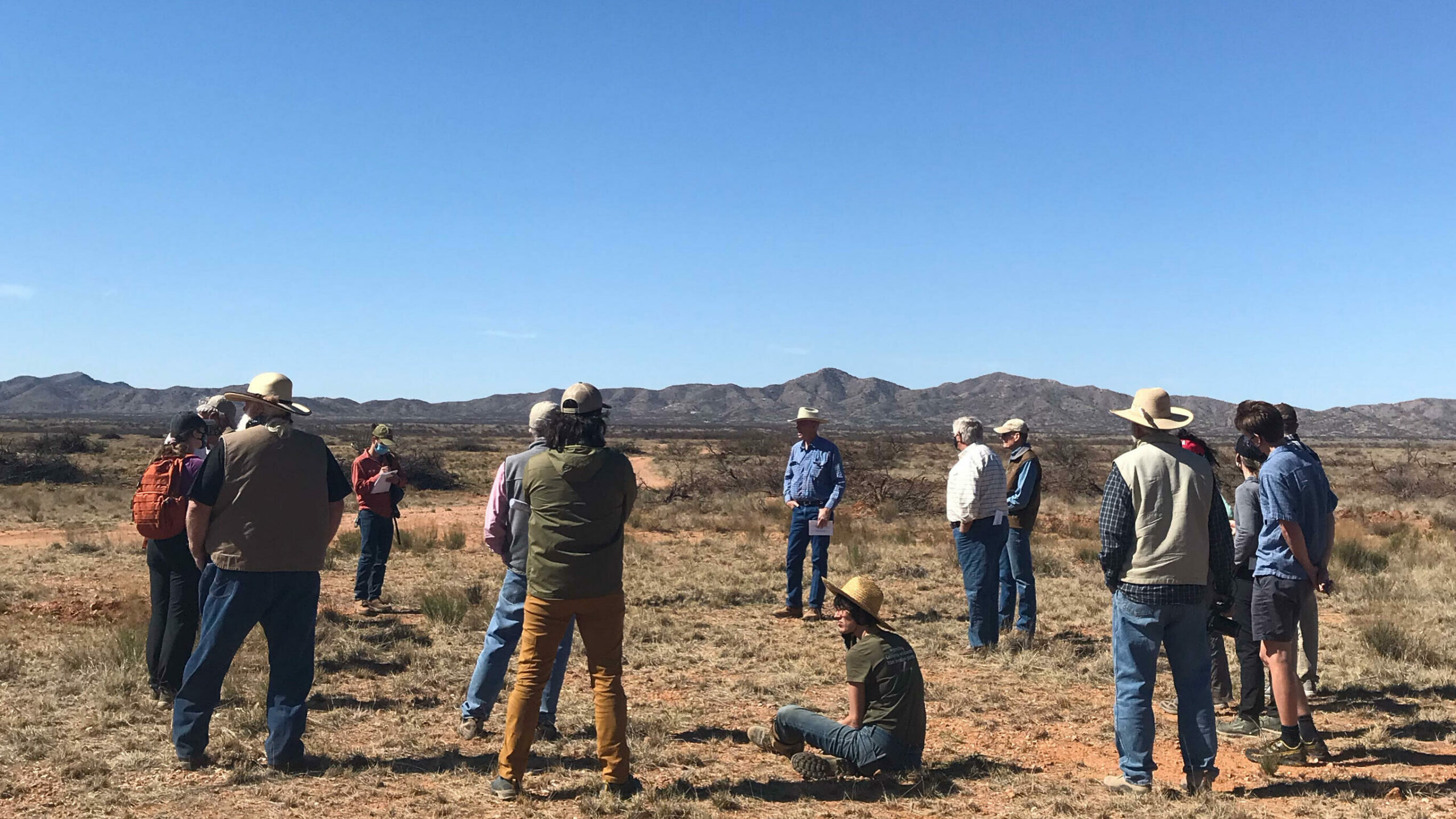
Do you have any tips for collaborative conservation groups that are just starting out?
I think really focusing on what you can do, rather than what you can’t; and focusing on what you can agree on, rather than the things you can’t– finding those places and spaces to work. There are issues that the Alliance has never taken an official stance on because we know we wouldn’t have come to an agreement, it would be too divisive. There’s so much work and things to be done out there on things that you can agree on, so find those things and work to get things started.
I think really focusing on what you can do, rather than what you can’t; and focusing on what you can agree on, rather than the things you can’t– finding those places and spaces to work.
Sarah King
I also think that providing space for people to be together out on the landscape that you care about, whatever it is, is critical to success. Getting people outside, relaxed, away from their desks– everyone is enthusiastic about that! And there are so many natural conversations that happen that really make you see one another as humans rather than, at worst, adversaries, or at best, just someone you work with. I think those little bonding points of comradery over landscape and people are key in building a foundation.
Lastly Sarah, I hear you will be presenting a case study at the upcoming WCCN All Partners Meeting. Anything you’d like to share regarding what you will be discussing?
Sure! So as the Alliance was forming, one objective was to get prescribed fire back on the landscape. My in-laws had tried to do so in the 80s and early 90s and got a few fires on the ground, but endangered species compliance complications and liability issues halted those efforts.
In the 2010s, the Alliance developed five burn plans in an effort to get fire back onto the landscape and out of those efforts came the Altar Valley Fire Meetings which take place each fall and spring to provide a space to problem-solve. Those meetings have led to actually starting prescribed fires as well as better communication and understanding around fire by landowners, ranchers, and community members.
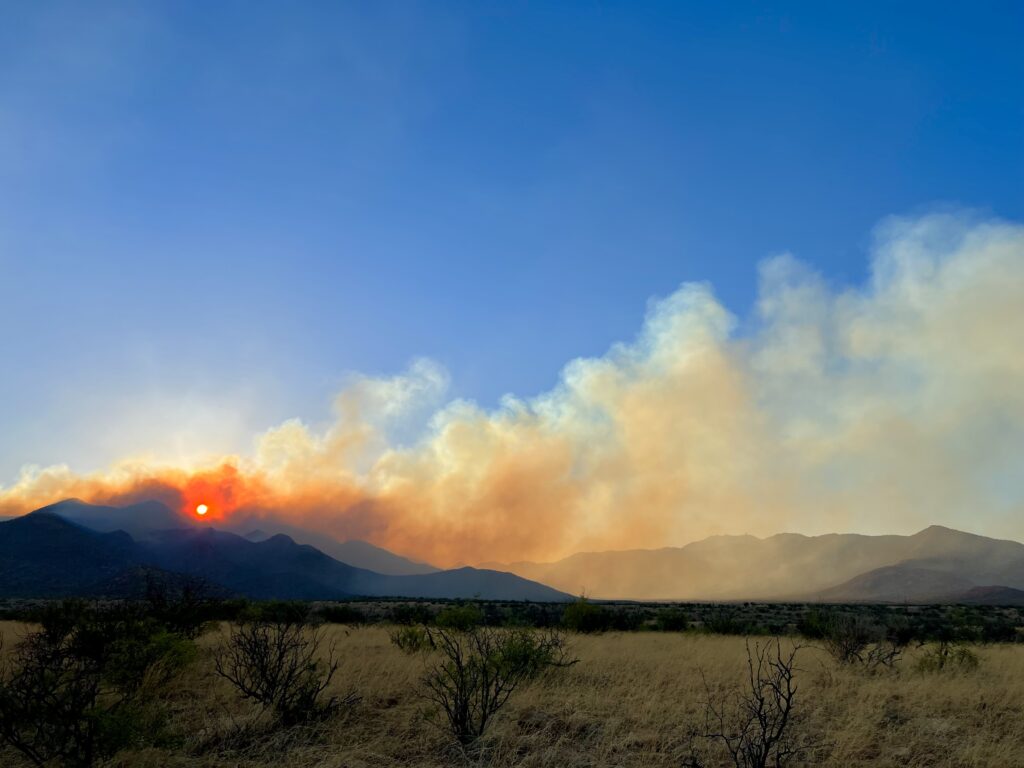
This summer, we actually had a wildfire start on the south end of my family’s ranch. The fire spread a little bit south and then worked its way north through the Baboquivari Mountain range on our ranch and on the Tohono O’Odham Reservation. It went all the way up to Kitt Peak National Observatory, which made it pretty big deal, as it threatened the telescopes up there and the science they work on. Despite the intensity of the fire in the moment, it was truly a testament to all the Altar Valley Conservation Alliance’s years of work and partnership. There was lots of communication and a lot of coordinated planning during the event.
The situation was an example of how bringing people together in tangible projects, whether it’s prescribed fire or wildfire preparedness, can lead to long term benefits, and it’s another key example of how time, effort, comradery, have really paid off over the years. The wildland firefighters who were part of the team that came in from out-of-state to fight the fire even commented that the situation was unusual, having all these people already knowing one another and communicating. It was really interesting to have outside folks come in and look around and say, “This place is different. What’s been going on here? How is this working?” and realizing that people aren’t sticking their necks out only for themselves. There’s a lot of positive stuff happening here on the ground.
Thanks again to Sarah and the AVCA for taking the time to create this profile. We are thrilled to hear more from you at the WCCN All Partners Meeting on December 7, 2022. Register here!

